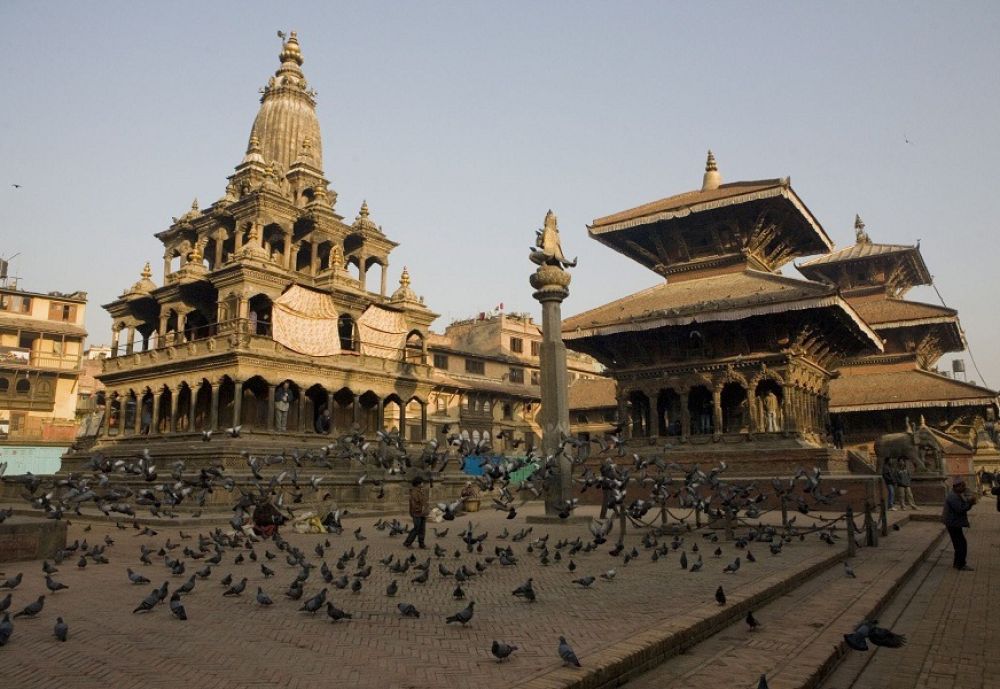

The ideal time to visit the Nepali Temple in Varanasi is between October and March. During this period, the weather is relatively cooler and more pleasant, which is a significant factor given Varanasi's typically hot climate. The temperature during these months ranges from a comfortable 5°C to 15°C in the winter months and gradually rises as the season progresses. Pilgrims and tourists can explore the temple and the nearby ghats comfortably without the intense heat, which is typical of summer months in northern India. Furthermore, the winter season aligns with various Hindu festivals such as Diwali and Makar Sankranti, providing visitors with the opportunity to experience Varanasi's cultural and spiritual richness at its peak.
However, if you wish to witness a unique cultural festival, visiting during Mahashivratri, which usually falls in February or March, is highly recommended. The temple, dedicated to Lord Shiva, becomes a hub of festivities and religious activities. It is important to note that during festival times, the city sees a surge in the number of visitors, which may lead to crowded spaces and higher accommodation rates. Pre-booking your stay and temple visit during these special occasions is advisable. Additionally, visiting early in the morning can be a serene experience as you can enjoy the tranquil ambiance of the temple and the morning rituals along the ghats without the rush of daily tourists.